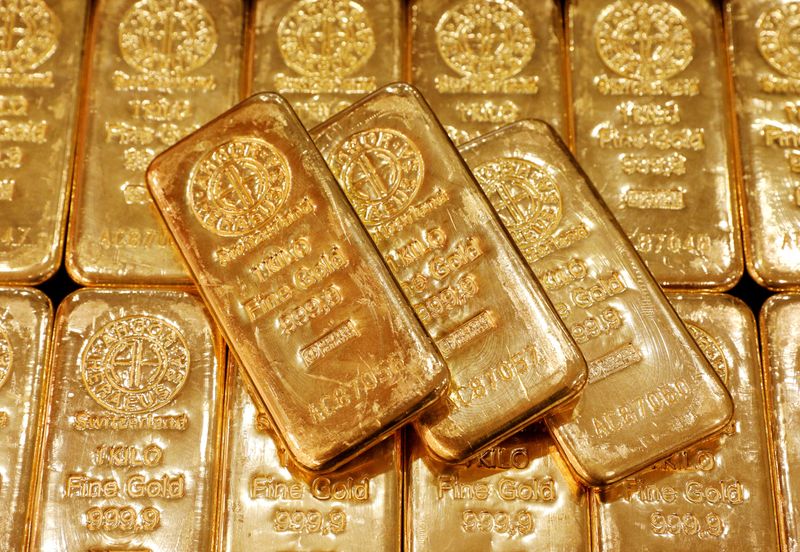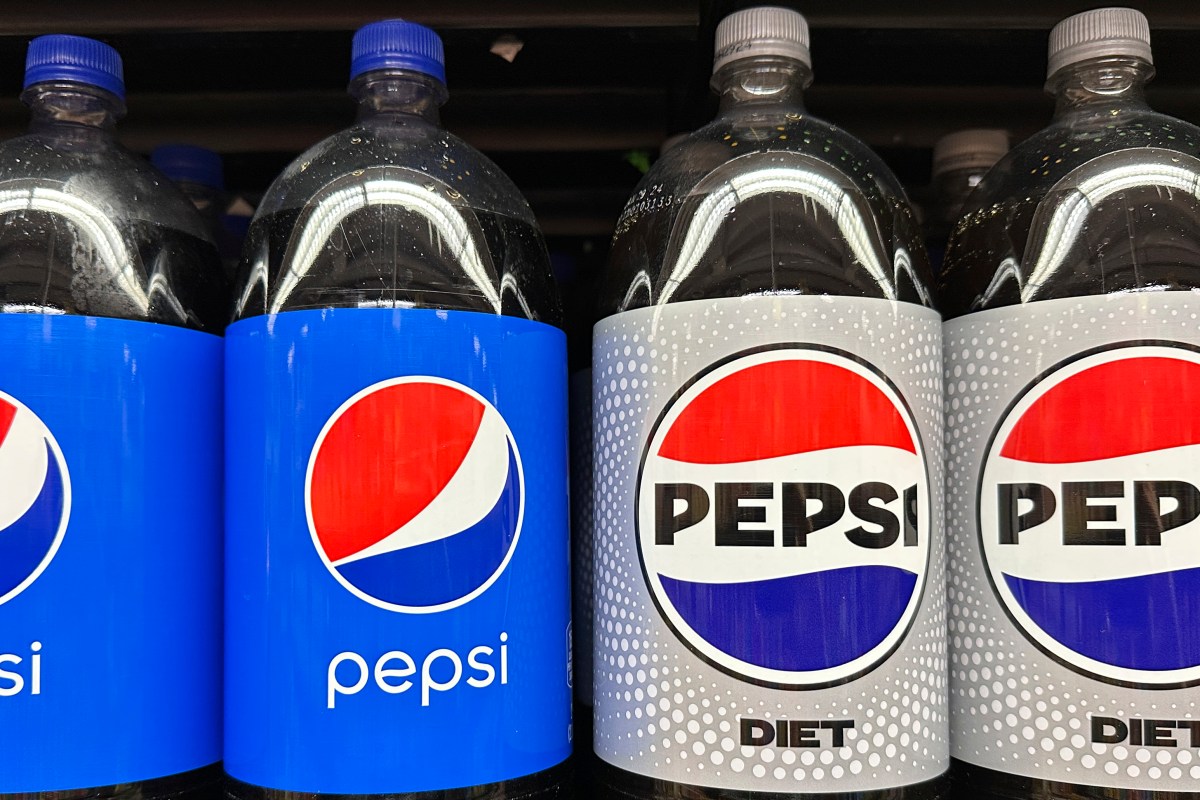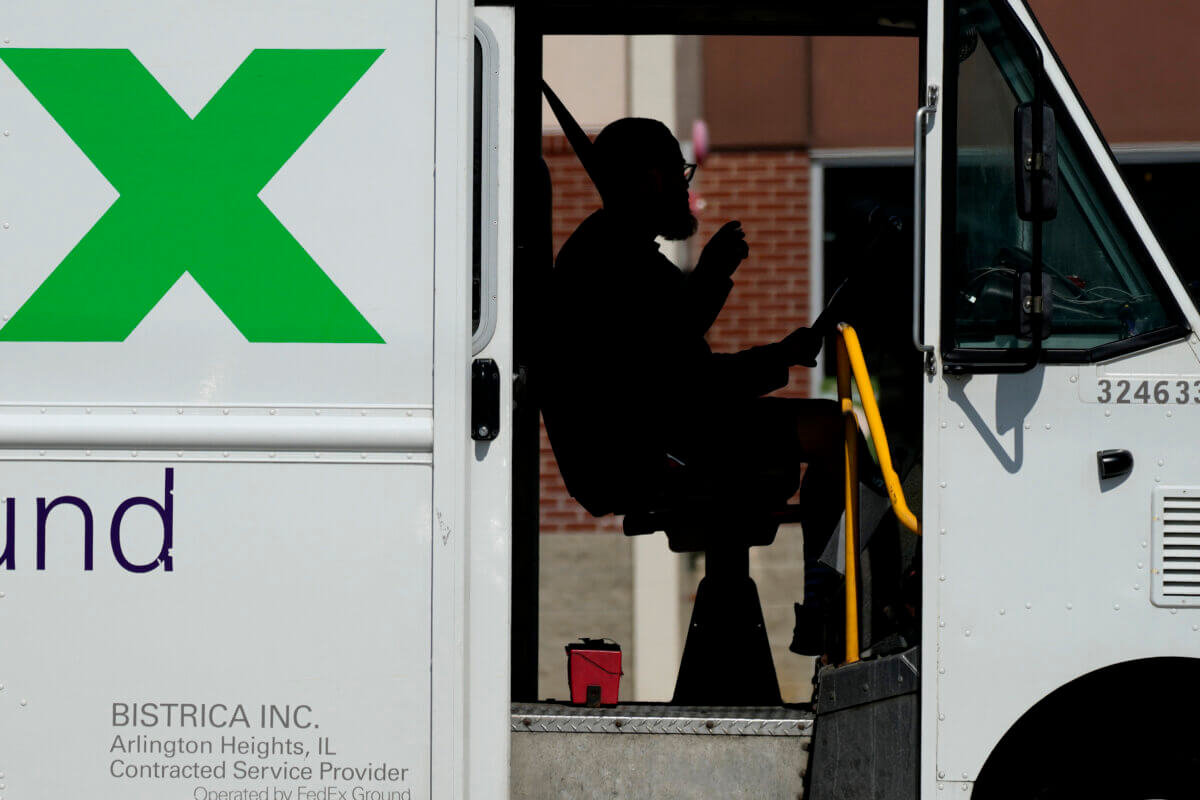LONDON (Reuters) – Global demand for gold rose 10% last year but remained well below its level before the COVID-19 pandemic amid slack investor demand, the World Gold Council (WGC) said in a report on Friday.
A surge in jewellery purchases at the end of 2021 pushed demand in the fourth quarter to the highest level since April-June 2019, the WGC said.
Gold buying by central banks rebounded last year and purchases of small bars and coins were the highest since 2013, but investors in exchange-traded funds sold more bullion than they bought, weakening overall demand.
Total demand for gold in 2021 was 4,021 tonnes, up from 3,659 tonnes in 2020 but well below the average during the 2010s of around 4,440 tonnes.
In 2020, the pandemic caused a collapse in jewellery sales but prompted stockpiling by investors seeking a safe place to store wealth. That reversed as economic growth recovered, boosting consumer spending and weakening investor appetite.
(Graphic: Global gold demand, https://fingfx.thomsonreuters.com/gfx/ce/lbvgnwnwjpq/WGC%20GDT%20Q4%202021.JPG)
Gold has fallen from record highs above $2,000 an ounce during the investment frenzy in 2020 to around $1,800 and most analysts expect prices to trend lower.
“Investment (in gold) may struggle in 2022 amid competing forces,” the WGC said, pointing to rising interest rates which lift returns on assets like bonds that compete with gold, and high inflation, which could fuel demand for bullion as an inflation hedge.
The WGC said it expected demand for jewellery, small bars and coins to remain strong in 2022 and for central banks “to continue buying gold but at a slower pace than in 2021.”
In 2021, jewellery fabrication rose 67% from 2020 to 2,221 tonnes, the most since 2018, the WGC said. Fourth quarter demand, at 713 tonnes, was the strongest since the second quarter of 2013.
Purchases of bars and coins preferred by small investors rose 31% last year to an eight-year high of 1,180 tonnes.
Central banks bought 463 tonnes of gold in 2021, up from 255 tonnes in 2020 but below the more than 600 tonnes bought in 2018 and 2019.
Exchange traded funds shrank their holdings by 173 tonnes in 2021 after accumulating a record-breaking 874 tonnes in 2020.
Following are numbers and comparisons.
ANNUAL GOLD DEMAND (T)*
2021 2020 % change
Jewellery fabrication 2,220.9 1,327.4 67%
– Jewellery consumption 2,123.6 1,401.1 52%
– Jewellery inventory 97.3 -73.7 -232%
Technology 330.2 302.8 9%
– Electronics 272.0 249.3 9%
— Other Industrial 46.8 41.6 12%
– Dentistry 11.4 11.9 -4%
Investment 1,007.1 1,773.6 -43%
– Bar and coin 1,180.4 899.6 31%
– ETFs & similar products -173.3 874.0 -120%
Central banks & other inst. 463.1 255.0 82%
TOTAL DEMAND 4,021.3 3,658.8 10%
QUARTERLY GOLD DEMAND (T)*
Q4 2021 Q3 Q4 m-o-m y-o-y
2021 2020 % %
change change
Jewellery fabrication 713.0 514.2 485.2 39% 47%
– Jewellery 712.7 472.2 510.2 51% 40%
consumption
– Jewellery inventory 0.3 42.0 -25.1 -99% -101%
Technology 85.9 83.4 84.0 3% 2%
– Electronics 70.6 69.0 69.2 2% 2%
– Other Industrial 12.5 11.6 11.8 8% 6%
– Dentistry 2.7 2.8 2.9 -4% -7%
Investment 300.2 235.0 138.0 28% 118%
– Bar and coin 317.8 261.5 269.2 22% 18%
– ETFs & similar -17.6 -26.5 -131.2 -34% -87%
Central banks 47.7 91.4 61.0 -48% -22%
TOTAL DEMAND 1,146.8 924.1 768.3 24% 49%
* Source: World Gold Council, Gold Demand Trends Q4 2021
(Reporting by Peter Hobson; Editing by Edmund Blair)



















